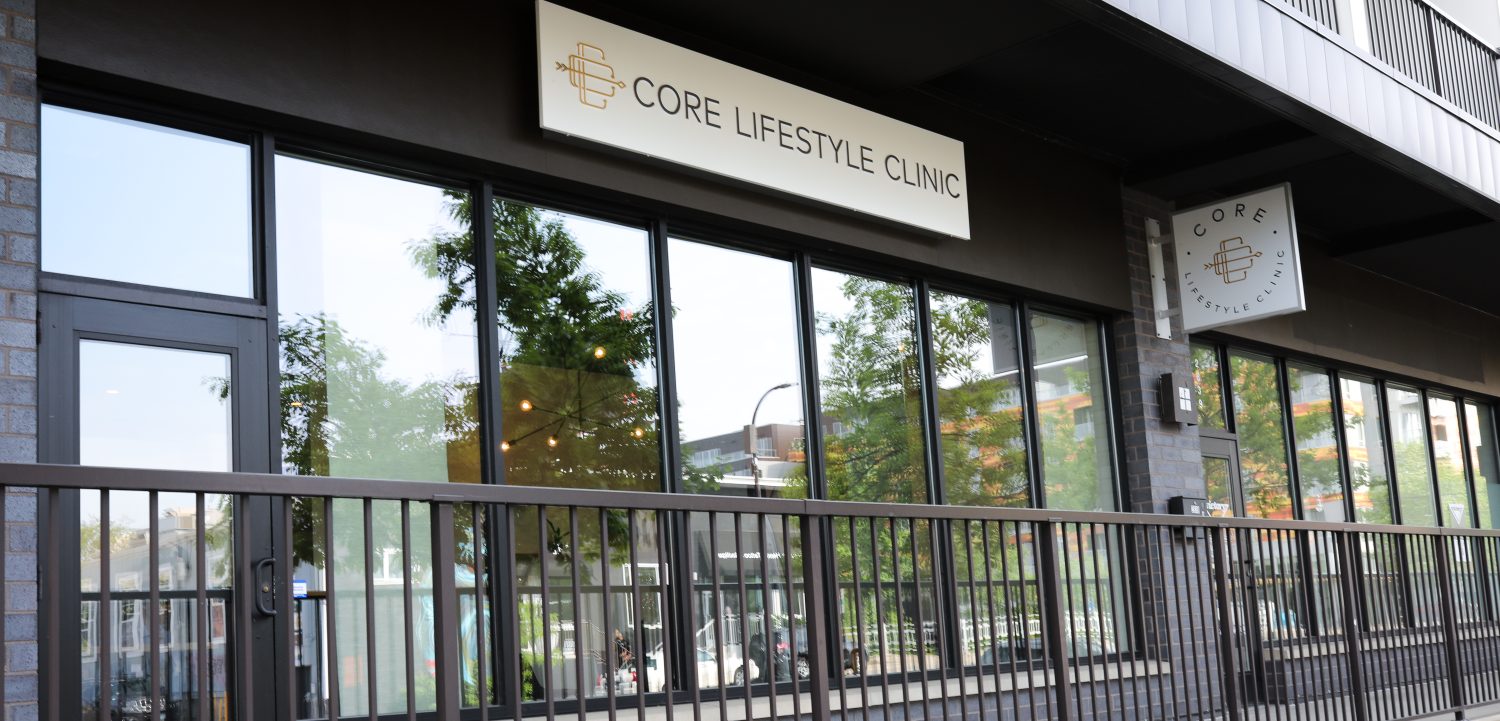Upper Cross Syndrome & Trap Dominance
Upper Cross Syndrome (UCS) is a group of symptoms that leads to muscle imbalances and pain the upper shoulders and neck. It is typically seen in people with poor, slumped posture and those who spend their days at desks or looking down at their phones. It also becoming an increasingly common presentation in the Crossfit athlete.
UCS occurs as a result of forward head carriage, an increased thoracic kyphosis (hunchback), and consistently elevated shoulders that round forward. A head that is forward and flexed puts strain on sub-occipital muscles and upper traps, tightening and shortening them. This lengthens, and subsequently weakens the deep neck flexors. When the shoulders are rounded and slumped, the pecs become tight and the rhomboids and lower traps weaken. In the athlete, weakness in the rhomboids and rotator cuff muscles means the upper traps must compensate and fire every time the shoulder moves. Trap dominance may be especially noticeable when performing high rep cleans or snatches, as the aggressive shrug is facilitated by the trapezius.
UCS may manifest as pain in the shoulders, headaches, instability in overhead positions, numbness or tingling in the hands and/or weakened grip. Over time, it will cause postural changes that can put the body, especially the shoulders, at risk for injury. Muscles that are not working synergistically cause the joints they act on to become unstable as the imbalance in musculature pulls the joint out of optimal position. A joint that is not being stabilized correctly or moving in the proper plane will cause repetitive strain on the tissues and lead to complications in the form of impingement, rotator cuff strains, ligament sprains or dislocation of the shoulder.
To treat UCS, the tight, shortened muscles must be addressed first. Stretching, mobilizing and having manual therapy applied through the pecs, upper traps and sub-occipital muscles is a necessary first step. Close attention to posture is also imperative. Many people hold tension through the shoulders and are unconsciously holding them in an elevated position. Throughout the day, make note of shoulder position, then relax and lower them if necessary. Also be sure to pull the shoulder blades back. If you need a cue, think about squeezing them together or pinching your shirt between them. You should always think about this when setting up for a lift. Be sure to also keep the head level on the shoulders, not flexed forward. Think about making a double chin. This is the motion needed to pull the head upright. The final step is to strengthen the weak muscles. The following exercises are ideal for this:
- Scap Pull-Ups
- Y, T, I Raises
- Band Pull-Aparts
- Band Rows
IT Band Syndrome
Though it is typically an issue that plagues the endurance athlete, Iliotibial (IT) band syndrome is becoming more common in those that Crossfit. The IT band runs down the lateral side of the leg, from the hip to just below the knee. Due to its insertion near the knee, many people mistake IT band issues for lateral knee pain. The IT band functions to stabilize the knee. It is a very strong band of fascia, but faulty body mechanics combined with high repetition or high mileage can be extremely taxing on the tissue. This can lead to inflammation and swelling on the lateral aspect of the knee, and pain that can be felt up the length of the tissue, spreading has high as the hip. It may even cause a snapping noise when the knee is bent beyond 45 degrees.
Mechanically, the culprit is instability at the pelvis, knee, and/or foot. If just one of these structures is out of alignment, the knee and lower leg will rotate inwards and put increased strain on the IT band, increasing its contact with the bony structures of the knee joint. A flat or pronated foot can cause the knees to cave in. An unbalanced pelvis creates a leg length discrepancy, increasing the stress on one leg as the majority of load is shifted to that side. This can be due to a structural misalignment, or a weak gluteus medius, a dynamic stabilizer of the lower extremity. There isn’t one cause of IT band issues, so there isn’t just one solution. The underlying cause needs to be found, and addressed appropriately. Running shoes may need to be replaced or be supplemented with arch supports if you are an over pronator. The foot should also be adjusted to ensure the various bones that comprise it are aligned and functioning synergistically. The hips should also be assessed by your chiropractor to ensure proper alignment. The glute med can be muscle tested to determine whether or not it is inhibited. If this is the case, proper strengthening of the muscle should be implemented.
Regardless of the cause, if you are experiencing IT band pain or discomfort, you should address the issue immediately. Resting from activity, applying ice and consulting with your chiropractor are all imperative to resolving the issue.


